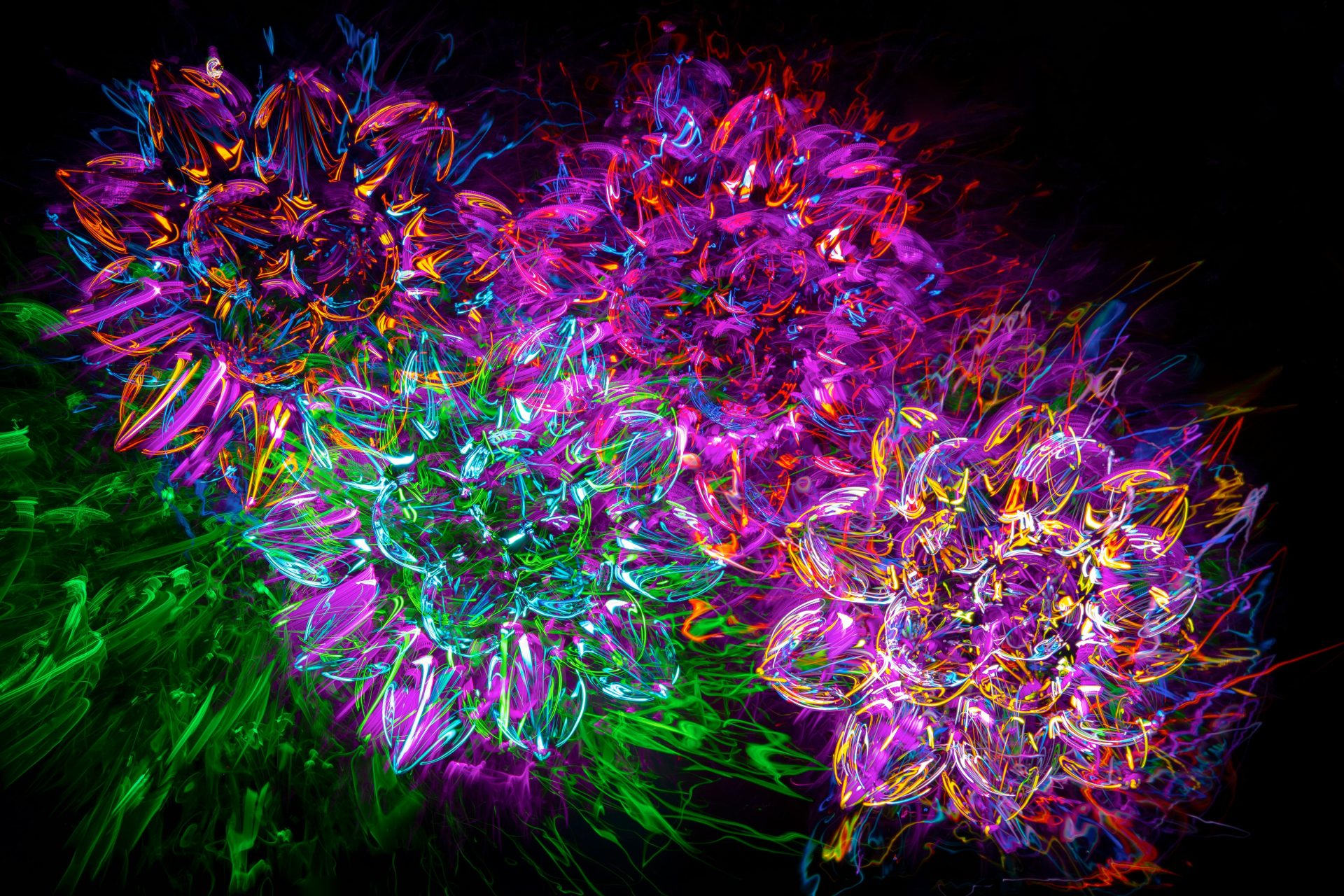The Science of Love

Before diving in, please note: This post is for informational purposes only. If you’d like to know more about how we approach topics, feel free to check out our friendly Disclaimer Page.
Hey there, amazing readers! 🖐️ Just a quick note: yes, we know there are a lot of ads here. Trust us, we get it—it’s not the prettiest look, but they help us keep this blog alive and kicking. Those pesky little ads cover the costs of all the behind-the-scenes magic, from hosting and tech stuff to creating content we hope you’ll love.
We’re committed to delivering quality posts, and your support (even just sticking around despite the ads) means everything to us. So, bear with us, and thanks for helping us keep the good vibes rolling. Now, on to the fun stuff! 😉
TRANSLATE BUTTON AT THE END OF THE ARTICLE
The Chemistry of Love: Exploring Hormones and Neurotransmitters
Love is not just an abstract concept; it has a basis in biology.
When we feel love, hormones and neurotransmitters flood our brains, causing a cascade of emotions and reactions.
The primary chemicals involved in love are dopamine, oxytocin, and serotonin.
Dopamine is responsible for the feelings of pleasure and reward we experience when we are in love.
Oxytocin, often called the “love hormone,” is crucial for bonding and attachment.
Serotonin, a neurotransmitter associated with mood regulation, plays a role in maintaining emotional stability in relationships.
The release of these chemicals is triggered by various stimuli, such as physical touch, eye contact, and even positive memories.
When we engage in activities that promote these interactions, our brains respond by releasing these love-inducing chemicals.
This is why spending quality time with a loved one or engaging in intimate gestures can strengthen the bond between partners.
Understanding the chemistry of love can provide insight into why we feel the way we do in romantic relationships.
Evolutionary Psychology and the Origins of Romantic Relationships
Evolutionary psychology offers a fascinating perspective on the origins of romantic relationships.
According to this theory, our behavior in love and relationships is influenced by our evolutionary history.
Evolution has shaped our mating preferences and behaviors to ensure the survival of our genes.
For example, men are often attracted to traits associated with fertility and youth, while women may seek qualities like status and resources in a partner.
The idea of evolutionary psychology suggests that our preferences in a mate are not entirely conscious decisions but are deeply ingrained in our biological makeup.
This theory helps explain why certain behaviors, such as jealousy or the desire to procreate, are prevalent in romantic relationships across different cultures.
By examining the evolutionary roots of love, we gain a better understanding of why we are drawn to certain individuals and how our relationships are influenced by our evolutionary past.
The Role of Attachment Theory in Understanding Love
Attachment theory, developed by psychologist John Bowlby, explores how early childhood experiences shape our adult relationships.
According to this theory, the bond between infants and their caregivers sets the foundation for how we form attachments in later life.
Children who experience secure attachments with their caregivers are more likely to form healthy relationships as adults.
In contrast, those who experience insecure attachments may struggle with intimacy and trust in their relationships.
Attachment styles, such as secure, anxious, or avoidant, can impact how we interact with our partners and respond to emotional cues.
Understanding our attachment style can help us navigate conflicts and emotional challenges in our relationships.
By recognizing our attachment patterns, we can work towards developing more secure and fulfilling connections with our partners.
Attachment theory provides valuable insights into the dynamics of love and how our past experiences influence our present relationships.
Brain Imaging Studies on Love and Relationships
Advances in neuroscience have allowed researchers to study the brain activity associated with love and relationships.
Brain imaging studies have shown that when we are in love, areas of the brain associated with reward, motivation, and social bonding are highly active.
The release of hormones like dopamine and oxytocin plays a significant role in shaping our brain’s response to love.
These studies offer concrete evidence of the neural processes involved in romantic relationships.
By examining brain activity through imaging techniques like fMRI and PET scans, researchers can observe how different regions of the brain interact during love-related tasks.
For example, when we look at a photo of our partner, specific areas of the brain associated with emotion and memory light up.
Discover "Love and Attraction: Your Ultimate Guide to Finding Lasting Love ❤️"
These studies provide valuable insights into the neurological mechanisms behind love and how our brains process romantic feelings.
Brain imaging has revolutionized our understanding of love and relationships, shedding light on the complex interplay between biology and emotions.
The Impact of Oxytocin on Bonding and Attachment
Oxytocin, often referred to as the “love hormone,” plays a crucial role in bonding and attachment in relationships.
This hormone is released in large quantities during intimate moments, such as hugging, kissing, or cuddling.
Oxytocin promotes feelings of trust and connection between individuals, fostering a sense of closeness and intimacy.
Research has shown that higher levels of oxytocin are associated with increased relationship satisfaction and bonding between partners.
In addition to its role in romantic relationships, oxytocin also influences parental bonding and social interactions.
Mothers release oxytocin during childbirth and breastfeeding, strengthening the bond between mother and child.
Oxytocin is also involved in forming friendships and social connections, emphasizing its importance in human relationships.
Understanding the impact of oxytocin on bonding can help us cultivate deeper connections with our loved ones and strengthen the emotional ties that bind us together.
The Science Behind Attraction and Mate Selection
Attraction is a complex interplay of physical, psychological, and social factors that influence our choice of a mate.
Evolutionary biology suggests that we are drawn to partners who display characteristics associated with good genes and reproductive success.
Physical attractiveness, symmetry, and health indicators play a significant role in initial attraction.
However, factors like personality, shared values, and compatibility also shape our long-term mate selection.
Research has shown that certain traits, such as kindness, humor, and emotional intelligence, are highly valued in potential partners.
These qualities contribute to relationship satisfaction and long-term compatibility.
The science of attraction highlights the importance of both physical and emotional connection in forming meaningful relationships.
By understanding the factors that contribute to attraction, we can make more informed choices in selecting partners and building lasting relationships.
Love vs. Lust: Unpacking the Differences in the Brain
Love and lust are often intertwined emotions, but they have distinct neural pathways in the brain.
Lust is driven by the desire for physical gratification and is associated with the release of hormones like testosterone.
On the other hand, love involves a deeper emotional connection and is linked to the release of neurotransmitters like oxytocin and serotonin.
Brain imaging studies have revealed that different regions of the brain are activated during feelings of love compared to feelings of lust.
While lust may be characterized by intense desire and passion, love is marked by feelings of trust, commitment, and attachment.
Understanding the differences in the brain pathways associated with love and lust can help us distinguish between fleeting infatuation and genuine emotional connection.
By recognizing the neural mechanisms behind these emotions, we can navigate our relationships with greater clarity and awareness of our true feelings.
How Childhood Experiences Shape Adult Relationships
Our early experiences with caregivers and family members have a profound impact on how we form and maintain relationships in adulthood.
Childhood trauma, neglect, or inconsistent caregiving can lead to attachment issues that manifest in our adult relationships.
Individuals who grow up in environments lacking emotional support or stability may struggle with intimacy, trust, and communication in their relationships.
On the other hand, secure attachments in childhood lay the groundwork for healthy adult relationships characterized by trust, empathy, and emotional connection.
By examining how our early experiences shape our attachment styles, we can gain insight into our behaviors and patterns in relationships.
Recognizing the influence of childhood on adult relationships can help us address unresolved issues, heal emotional wounds, and cultivate more fulfilling connections with others.
The Influence of Genetics on Relationship Satisfaction
Genetics play a significant role in shaping our personalities, behaviors, and even our relationship satisfaction.
Research has shown that genetic factors contribute to our predisposition to certain traits, such as empathy, communication skills, and emotional regulation.
Twin studies have revealed that genetic influences account for a substantial portion of the variability in relationship quality and satisfaction.
Certain genetic variations, such as those related to the release of neurotransmitters like dopamine and serotonin, can impact how we perceive and experience love.
These genetic factors influence our emotional responses, attachment styles, and ability to form meaningful connections with others.
By understanding the role of genetics in relationship satisfaction, we can appreciate the complex interplay between nature and nurture in shaping our romantic experiences.
The Connection Between Love and Mental Health
Love has a profound impact on our mental health and well-being.
Healthy, loving relationships can promote feelings of happiness, security, and fulfillment, while toxic or unhealthy relationships can contribute to stress, anxiety, and depression.
Research has shown that individuals in loving relationships tend to have lower rates of mental health disorders and higher levels of overall life satisfaction.
The emotional support, companionship, and intimacy provided by loving relationships can buffer against the negative effects of stress and adversity.
Love has been linked to improved mood, self-esteem, and resilience in the face of life’s challenges.
By nurturing positive relationships and prioritizing emotional connection, we can enhance our mental health and cultivate a sense of belonging and purpose in our lives.
The Importance of Communication in Maintaining Love
Effective communication is essential for maintaining healthy and fulfilling relationships.
Open, honest communication fosters trust, understanding, and emotional intimacy between partners.
When we communicate our needs, feelings, and concerns openly, we create a safe space for vulnerability and connection.
Miscommunication, on the other hand, can lead to misunderstandings, conflict, and distance in relationships.
Active listening, empathy, and validation are key components of effective communication in relationships.
By listening attentively to our partners, acknowledging their emotions, and expressing empathy, we establish a foundation of mutual respect and understanding.
Communication skills can be cultivated through practice and awareness, allowing us to navigate conflicts, resolve differences, and strengthen the bond with our loved ones.
By prioritizing clear, compassionate communication, we can nurture love and connection in our relationships.
The Future of Love: Can Science Help Improve Relationships?
As our understanding of the science of love continues to evolve, so do the possibilities for enhancing relationships.
Advances in neuroscience, genetics, and psychology offer new insights into how we form and maintain connections with others.
Science-based interventions, such as couples therapy, relationship coaching, and mindfulness practices, can help individuals navigate the complexities of love and build healthier, more fulfilling relationships.
By incorporating scientific research and evidence-based strategies into relationship counseling and education, we can empower individuals to overcome challenges, strengthen emotional bonds, and foster greater intimacy in their relationships.
The integration of science and therapy holds promise for improving communication, resolving conflicts, and promoting overall relationship satisfaction.
As we unlock the secrets of love through scientific inquiry, we can cultivate deeper connections, foster emotional well-being, and create lasting bonds with our partners.
A Quick Overview
Love is a complex and multifaceted emotion that has captivated humans for centuries.
The science of love delves into the biological, psychological, and social factors that influence our romantic relationships.
From the chemistry of love to the impact of childhood experiences, various aspects of love are underpinned by intricate mechanisms that shape our behaviors and emotions.
By unraveling the mysteries of love through scientific inquiry, we gain valuable insights into how we form connections, navigate conflicts, and foster intimacy with our partners.
Conclusion
The science of love offers a fascinating glimpse into the inner workings of our hearts and minds.
By exploring the chemistry of love, the influence of evolutionary psychology, and the role of attachment theory, we can deepen our understanding of how relationships are formed and maintained.
Brain imaging studies, genetic research, and insights into the connection between love and mental health provide valuable tools for improving our emotional well-being and relationship satisfaction.
As we continue to unravel the secrets of love through scientific inquiry, we have the opportunity to enhance our connections, cultivate healthier relationships, and create lasting bonds built on trust, empathy, and love.

The Enlightenment Journey is a remarkable collection of writings authored by a distinguished group of experts in the fields of spirituality, new age, and esoteric knowledge.
This anthology features a diverse assembly of well-experienced authors who bring their profound insights and credible perspectives to the forefront.
Each contributor possesses a wealth of knowledge and wisdom, making them authorities in their respective domains.
Together, they offer readers a transformative journey into the realms of spiritual growth, self-discovery, and esoteric enlightenment.
The Enlightenment Journey is a testament to the collective expertise of these luminaries, providing readers with a rich tapestry of ideas and information to illuminate their spiritual path.
Our Diverse Expertise 🌟
While our primary focus is on spirituality and esotericism, we are equally passionate about exploring a wide range of other topics and niches 🌍📚. Our experienced team is dedicated to delivering high-quality, informative content across various subjects ✨.
To ensure we provide the most accurate and valuable insights, we collaborate with trusted experts in their respective domains 🧑🏫👩🏫. This allows us to offer well-rounded perspectives and knowledge to our readers.
Our blog originally focused on spirituality and metaphysics, but we’ve since expanded to cover a wide range of niches. Don’t worry—we continue to publish a lot of articles on spirituality! Frequently visit our blog to explore our diverse content and stay tuned for more insightful reads.







